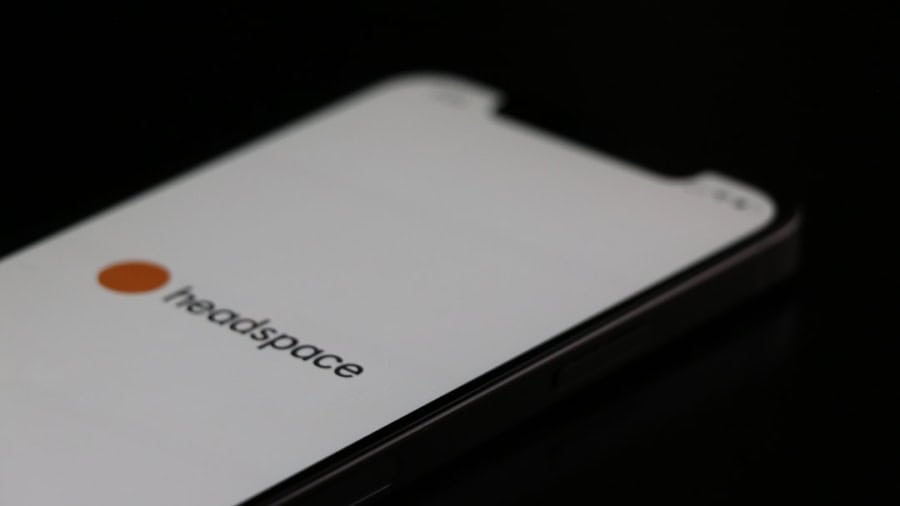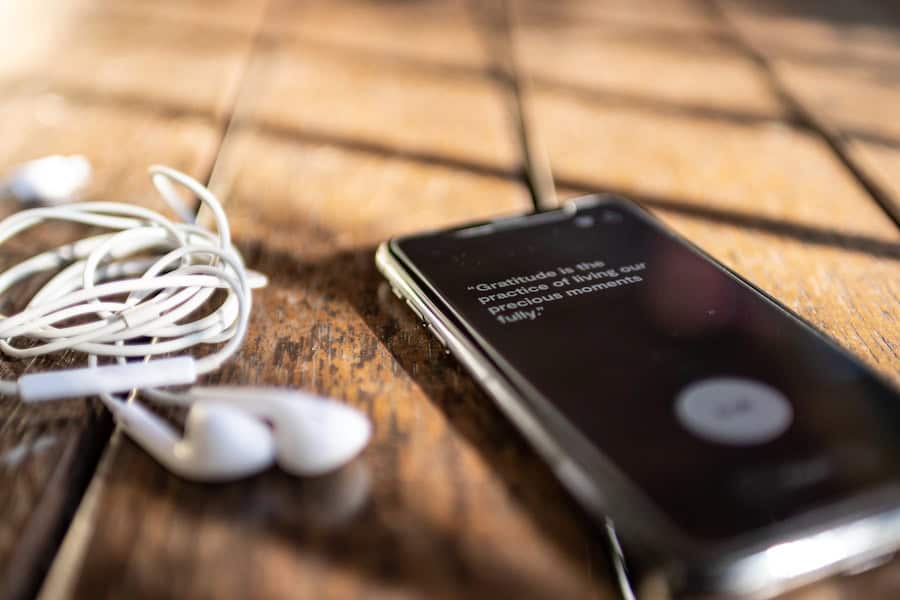In an age where technology permeates every aspect of our lives, the concept of a digital detox has emerged as a vital practice for maintaining mental and emotional well-being. The constant barrage of notifications, emails, and social media updates can lead to feelings of overwhelm and anxiety. As we become increasingly reliant on our devices for communication, entertainment, and information, it is essential to recognize the need for periodic breaks from the digital world.
A digital detox allows individuals to step back, reassess their relationship with technology, and reclaim their time and attention. Taking time away from screens can foster a deeper connection with oneself and the surrounding environment. Engaging in activities that do not involve technology—such as reading a book, going for a walk, or spending quality time with loved ones—can lead to a more fulfilling and balanced life.
By prioritizing moments of disconnection, individuals can cultivate mindfulness and presence, ultimately enhancing their overall quality of life. The importance of digital detox cannot be overstated; it is a necessary counterbalance to the demands of our hyper-connected society.
Key Takeaways
- Digital detox is important for mental and physical well-being in a hyper-connected world.
- Hyper-connectivity can lead to increased stress, anxiety, and decreased productivity.
- Digital detox tools such as apps and time management techniques can help improve focus and attention.
- Different types of digital detox tools include screen time trackers, notification blockers, and mindfulness apps.
- Incorporating digital detox into daily routine can be achieved through setting boundaries, scheduling tech-free time, and practicing mindfulness.
Understanding the Impact of Hyper-Connectivity
Hyper-connectivity refers to the state of being constantly connected to the internet and digital devices, which has become the norm in modern society. While this connectivity offers numerous benefits, such as instant access to information and seamless communication, it also comes with significant drawbacks. The incessant flow of information can lead to cognitive overload, making it difficult for individuals to focus on tasks or engage in meaningful conversations.
This state of perpetual distraction can hinder productivity and creativity, leaving many feeling drained and unfulfilled. Moreover, hyper-connectivity can have profound effects on mental health. Studies have shown that excessive screen time is linked to increased levels of anxiety, depression, and loneliness.
The pressure to remain constantly available and responsive can create a sense of urgency that is detrimental to well-being. Understanding the impact of hyper-connectivity is crucial for recognizing the need for digital detox practices. By acknowledging the negative consequences of being perpetually plugged in, individuals can take proactive steps to mitigate these effects and foster healthier relationships with technology.
How Digital Detox Tools Can Improve Focus
Digital detox tools are designed to help individuals manage their screen time and reduce distractions, ultimately leading to improved focus. These tools range from apps that track usage patterns to browser extensions that block distracting websites during designated work periods. By utilizing these resources, individuals can create a more conducive environment for concentration and productivity.
The act of intentionally limiting access to digital distractions allows for deeper engagement with tasks at hand, fostering a sense of accomplishment and satisfaction. In addition to enhancing focus, digital detox tools can also promote healthier habits around technology use. For instance, setting specific time limits for social media or email checking can help individuals develop a more mindful approach to their online activities.
By establishing boundaries, users can reclaim their time and attention, leading to a more balanced lifestyle. Ultimately, these tools serve as valuable allies in the quest for improved focus and productivity in an increasingly distracting world.
Exploring Different Types of Digital Detox Tools
There is a wide array of digital detox tools available to suit various needs and preferences. Some popular options include apps like Forest, which encourages users to stay off their phones by growing virtual trees as they focus on tasks. Other applications, such as Freedom or Cold Turkey, allow users to block distracting websites or apps for set periods, creating a distraction-free environment conducive to work or study.
In addition to software solutions, there are also physical tools designed to facilitate digital detox. For example, tech-free zones in the home—such as designated areas for reading or relaxation—can encourage individuals to disconnect from their devices. Similarly, using analog alternatives like journals or planners can help reduce reliance on digital tools while promoting mindfulness and organization.
By exploring different types of digital detox tools, individuals can find the right combination that works for them, ultimately leading to a more balanced relationship with technology.
Tips for Incorporating Digital Detox into Daily Routine
Incorporating digital detox practices into daily routines may seem daunting at first, but with intentionality and planning, it can become a seamless part of life. One effective strategy is to establish specific times during the day when devices are put away—such as during meals or before bedtime. This practice not only fosters deeper connections with family and friends but also promotes better sleep hygiene by reducing exposure to screens before sleep.
Another helpful tip is to designate tech-free days or weekends where individuals commit to unplugging entirely from their devices. This could involve engaging in outdoor activities, pursuing hobbies, or simply enjoying quiet time without the constant buzz of notifications. By making these intentional choices, individuals can create space for reflection and rejuvenation in their lives.
Ultimately, incorporating digital detox into daily routines requires commitment and creativity but can lead to significant improvements in overall well-being.
The Psychological Benefits of Digital Detox
The psychological benefits of digital detox are profound and far-reaching. One of the most significant advantages is the reduction of stress and anxiety levels associated with constant connectivity. By taking breaks from screens and social media, individuals can experience a sense of relief from the pressures of online interactions and the fear of missing out (FOMO).
This disconnection allows for mental clarity and emotional stability, fostering a more positive mindset. Additionally, engaging in a digital detox can enhance self-awareness and personal growth. When individuals step away from their devices, they often find themselves reflecting on their thoughts and feelings without external distractions.
This introspection can lead to greater insights about personal values, goals, and relationships. As individuals reconnect with themselves and their surroundings, they may discover new passions or interests that were previously overshadowed by the noise of the digital world. The psychological benefits of digital detox extend beyond mere relaxation; they encompass a holistic approach to mental health and well-being.
How Digital Detox Tools Can Improve Productivity
Digital detox tools play a crucial role in enhancing productivity by minimizing distractions and promoting focused work sessions. When individuals utilize apps or browser extensions that limit access to distracting websites or notifications during work hours, they create an environment that fosters concentration and efficiency. This intentional approach allows for deeper engagement with tasks, leading to higher-quality output and increased satisfaction in one’s work.
Moreover, by tracking screen time and usage patterns through various tools, individuals can gain valuable insights into their habits and identify areas for improvement. Recognizing when productivity dips due to excessive device use enables users to make informed decisions about their technology consumption. As a result, digital detox tools empower individuals to take control of their time and attention, ultimately leading to enhanced productivity in both personal and professional endeavors.
Finding Balance in a Hyper-Connected World
In a hyper-connected world where technology is omnipresent, finding balance is essential for maintaining well-being and fulfillment. Embracing digital detox practices allows individuals to cultivate a healthier relationship with technology while still enjoying its benefits. Striking this balance involves setting boundaries around device usage, prioritizing face-to-face interactions, and engaging in activities that promote mindfulness and presence.
Ultimately, achieving balance requires ongoing reflection and adjustment as individual needs evolve over time. It is essential to recognize that technology is not inherently negative; rather, it is our relationship with it that determines its impact on our lives. By consciously choosing when to engage with technology and when to disconnect, individuals can navigate the complexities of modern life with greater ease and satisfaction.
In this way, finding balance becomes not just an aspiration but a sustainable practice that enriches our lives in meaningful ways.
If you’re looking to enhance your focus in a hyper-connected world, you may also be interested in exploring the best free software for voice recording. This tool can help you stay organized and capture important ideas on the go. Check out this article to learn more about how voice recording software can benefit you.
FAQs
What are digital detox tools?
Digital detox tools are apps, software, or devices designed to help individuals reduce their screen time and limit their digital distractions. These tools often include features such as screen time tracking, app blocking, and focus timers to promote a healthier balance between technology use and real-world activities.
How do digital detox tools enhance focus?
Digital detox tools enhance focus by helping individuals minimize digital distractions, set boundaries for their screen time, and create a more intentional and mindful approach to using technology. By reducing the constant influx of notifications and interruptions, these tools can improve concentration and productivity.
What are some common features of digital detox tools?
Common features of digital detox tools include app blocking, website blocking, screen time tracking, focus timers, customizable notifications, and activity tracking. Some tools also offer mindfulness exercises, habit tracking, and goal setting to support overall well-being and productivity.
Why is it important to use digital detox tools in a hyper-connected world?
In a hyper-connected world, individuals are often overwhelmed by the constant stream of digital information and notifications, leading to decreased focus, increased stress, and reduced productivity. Digital detox tools provide a way to regain control over technology use, establish healthier habits, and prioritize meaningful, uninterrupted work and leisure time.
How can digital detox tools benefit overall well-being?
Digital detox tools can benefit overall well-being by promoting a healthier relationship with technology, reducing screen time, and creating space for more meaningful offline activities. By minimizing digital distractions and promoting mindfulness, these tools can help individuals reduce stress, improve sleep quality, and enhance their mental and emotional well-being.



